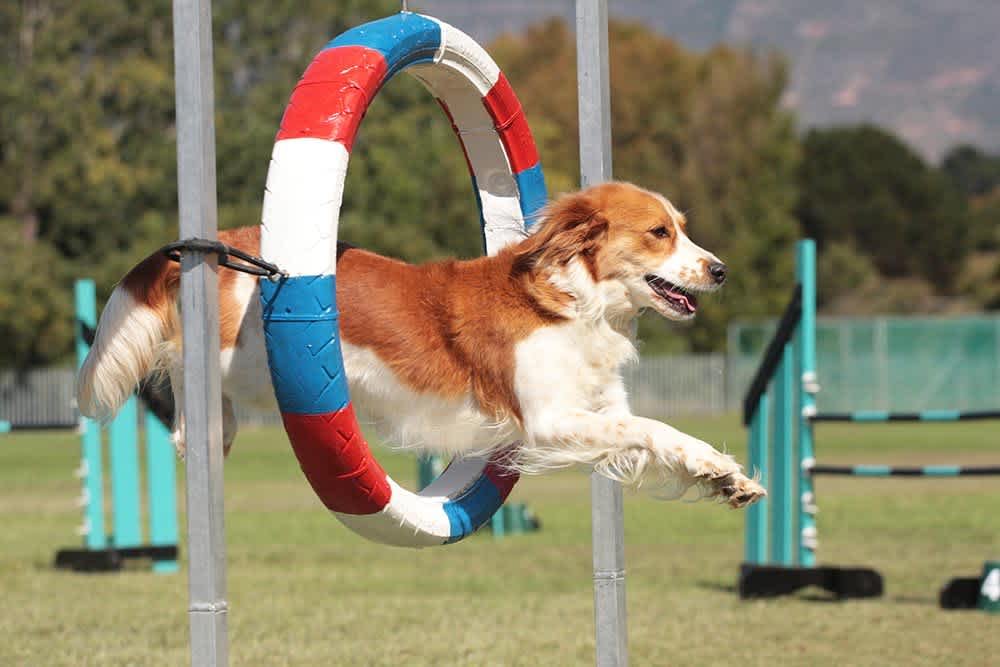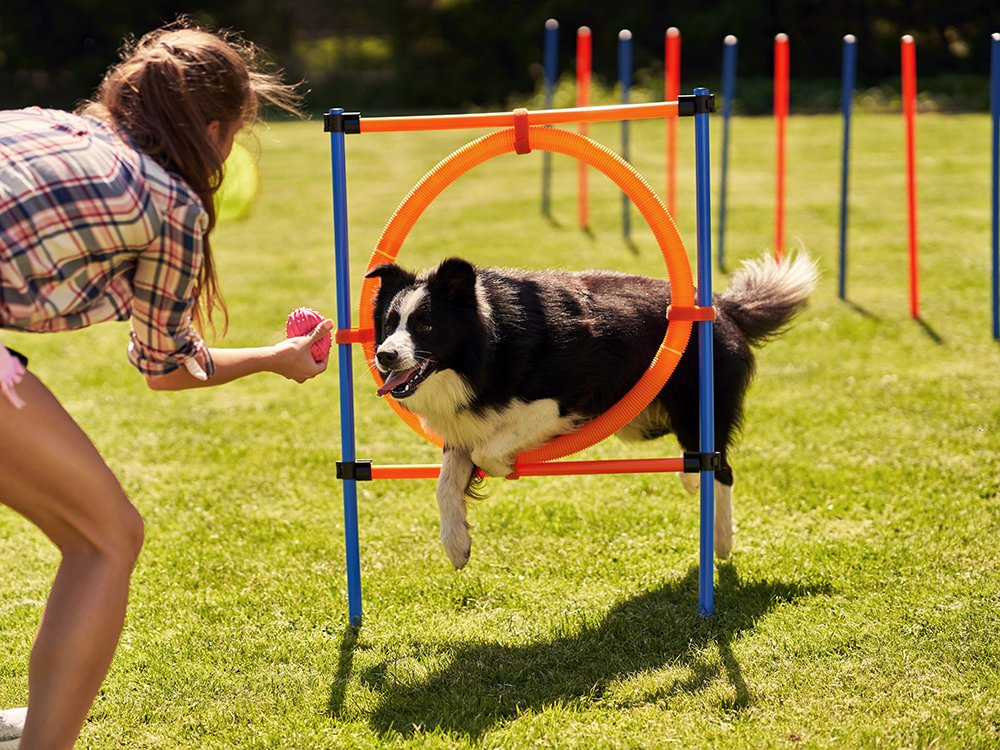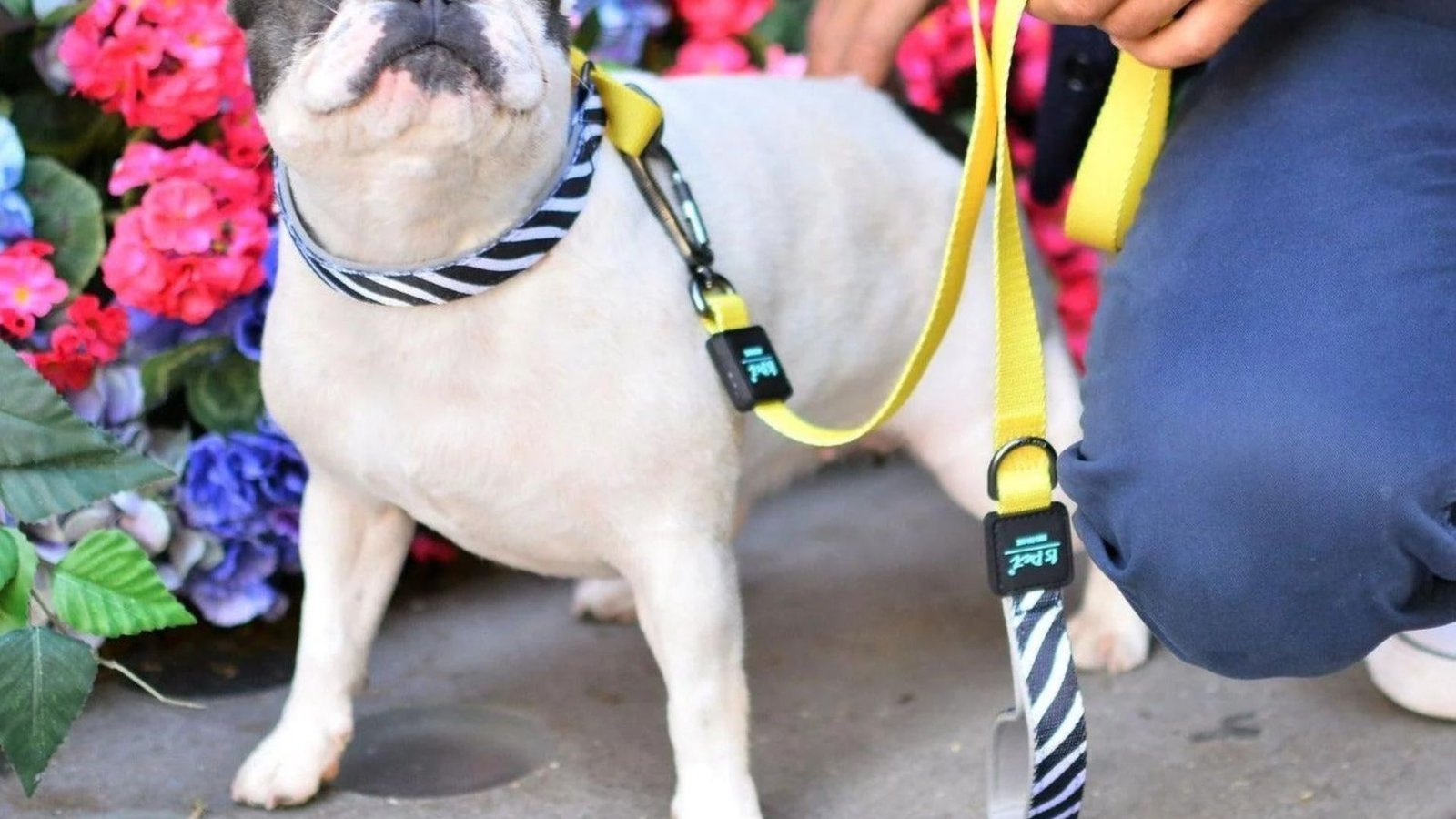Agility training is a fun and engaging activity that enhances a dog’s physical fitness, mental stimulation, and bond with their owner. In this article, we’ll explore the benefits of agility training for dogs, how to get started, essential equipment, basic commands, and tips for success.

Benefits of Agility Training
Agility training offers numerous benefits for dogs:
Physical Exercise
Agility exercises involve running, jumping, weaving through obstacles, and climbing, providing excellent cardiovascular exercise and muscle toning.
Mental Stimulation
Learning and performing agility courses challenge dogs mentally, improving their problem-solving skills and focus.
Bonding Experience
Working together in agility training strengthens the bond between dogs and their owners through positive reinforcement and teamwork.
Getting Started with Agility Training
Basic Commands
Before starting agility training, ensure your dog responds reliably to basic commands such as “sit,” “stay,” “come,” and “heel.”
Equipment Needed
- Jumping Bars: Adjustable bars for dogs to jump over.
- Tunnels: Flexible tunnels for dogs to run through.
- Weave Poles: Poles set in a straight line for dogs to weave between.
- A-Frame: Inclined ramp for dogs to climb up and down.
- Pause Table: Table where dogs pause before continuing the course.
Setting Up an Agility Course
Create a safe and stimulating agility course in a spacious area, indoors or outdoors, free of hazards.
Basic Agility Commands
- Start Line Stay: Teach your dog to stay at the starting line until released.
- Jump Command: Use a clear command to instruct your dog to jump over obstacles.
- Tunnel Command: Encourage your dog to enter and navigate through tunnels.
- Weave Command: Guide your dog through weave poles using verbal cues and hand signals.
Tips for Success
Positive Reinforcement
Reward your dog with treats, toys, or praise for successfully completing agility tasks to reinforce desired behaviors.
Patience and Consistency
Practice agility training regularly in short sessions to maintain interest and progress gradually through more complex courses.
Safety First
Ensure the agility equipment is sturdy and secure to prevent injuries. Monitor your dog’s physical condition and avoid overexertion.
Competitions and Further Training
Consider participating in agility competitions or advanced training classes to challenge your dog and improve skills.
Conclusion
Agility training is a rewarding activity that benefits dogs of all ages and breeds, promoting physical fitness, mental stimulation, and bonding with their owners. By starting with basic commands, setting up a safe agility course, and using positive reinforcement, you can enrich your dog’s life and enjoy the thrill of agility together.











